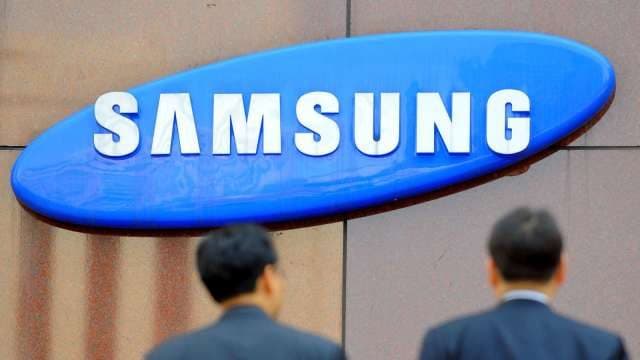
IBM launches the world's first 2nm chip. The 2nm chips can hold more than 300 million transistors in one square millimeter!
IBM said it has developed the first semiconductor using 2 nanometer (nm) nanosheet technology. IBM expects that this major breakthrough will almost double the performance of current chips, while reducing energy consumption by as much as 75% compared to the widely used 7nm node chips. The 2nm chip will be able to hold 50 billion transistors on a nail-sized chip, with a reported density of 333 million transistors per square millimeter (MTr/mm2).
As per reports, this is much higher than TSMC's 5nm (171.30 MTr/mm2) and Intel's 7nm (237.18 MTr/mm2).
"It (2nm chip) is a product of IBM's approach to severe technical challenges and demonstrates how continuous investment and collaborative R&D ecosystem methods can bring breakthroughs", quoted Darío Gil, senior vice president and director of IBM Research.
Energy Efficiency
IBM believes that the 2nm chips will help meet the demand for improved chip performance and energy efficiency, specifically under the impact of hybrid cloud, the increase in artificial intelligence workloads and the demand for IoT devices. IBM believes that the energy efficiency of 2nm chips is correct. It said that when used internally in mobile phones, they can extend the battery life of current phones based on 7nm processors (such as iPhone 11, Samsung Galaxy S10 and Google Pixel 5) by four times!
Moreover, the researchers also pointed out that processors based on the new 2nm technology can significantly reduce the carbon footprint of data centers and can also help shorten the reaction time of autonomous vehicles (such as self-driving cars) by accelerating object detection.
The 2nm technology was developed in IBM's Albany, New York laboratory and is expected to be put into production by the end of 2024.



